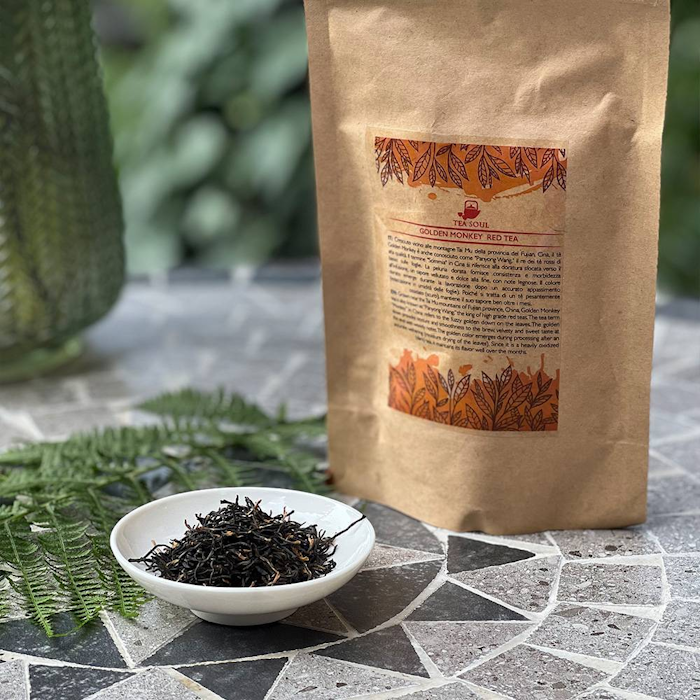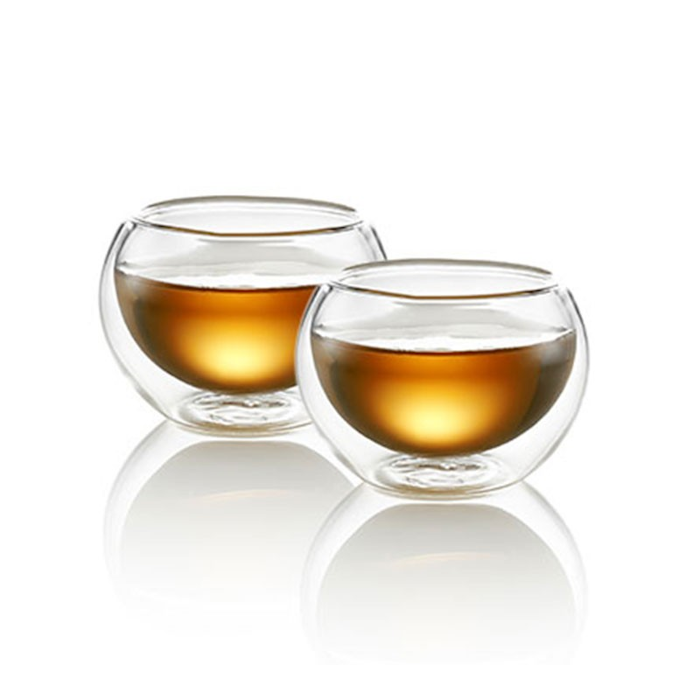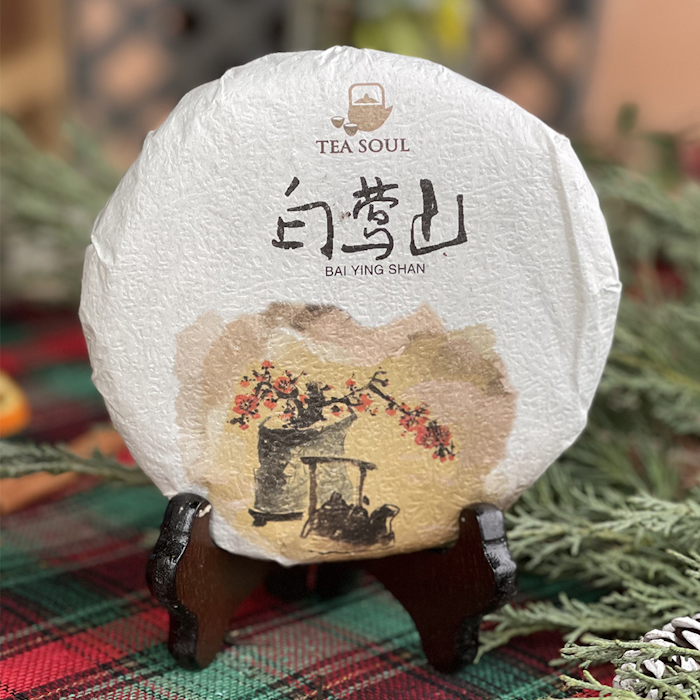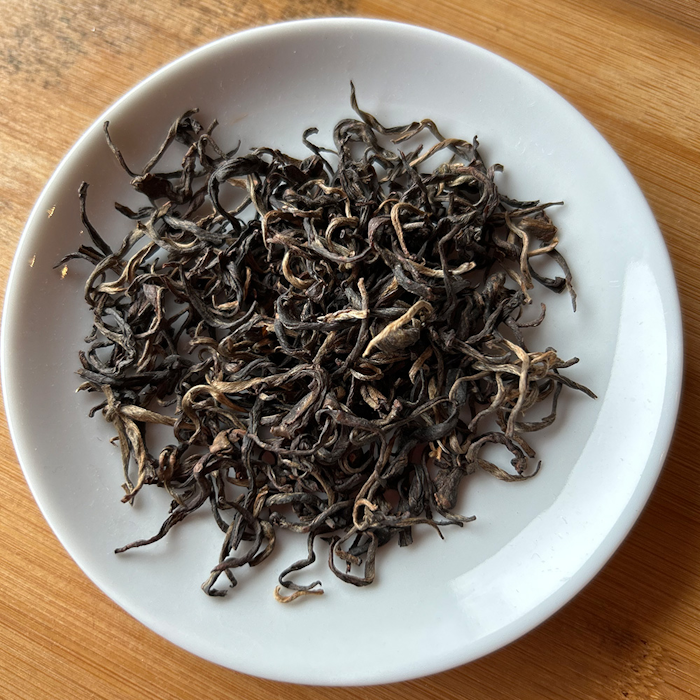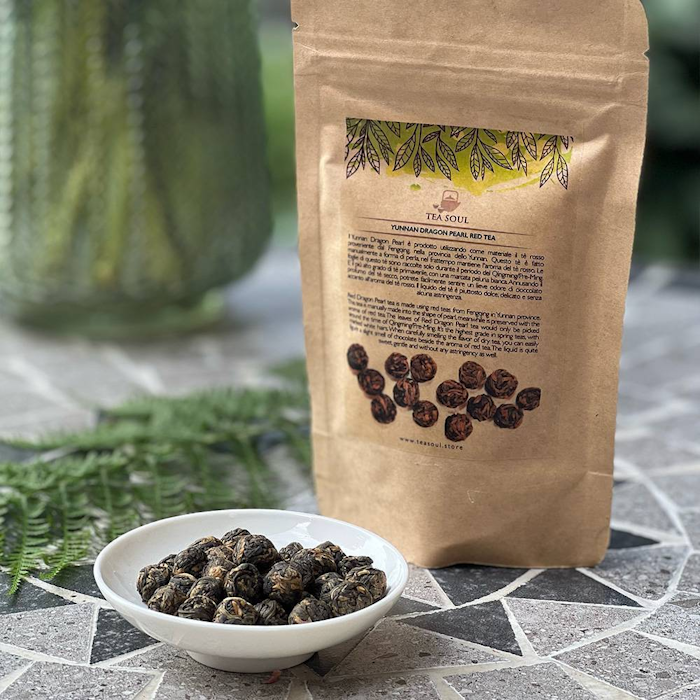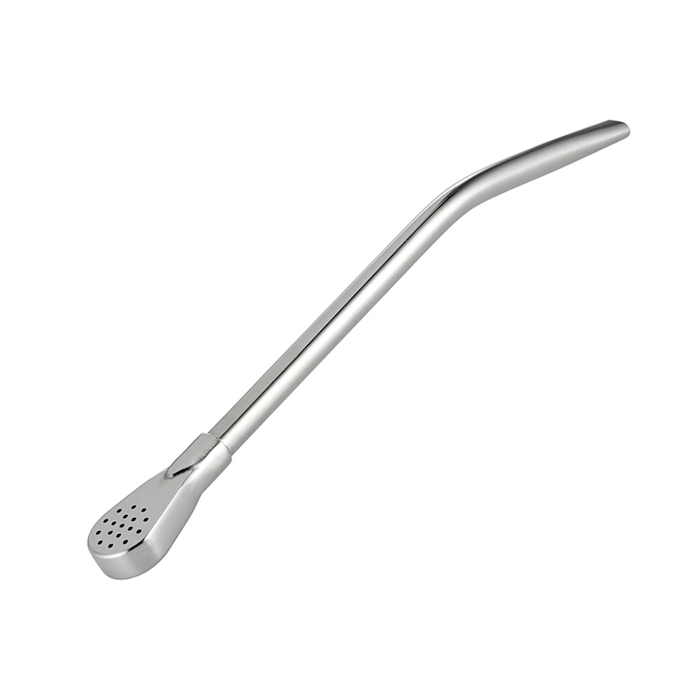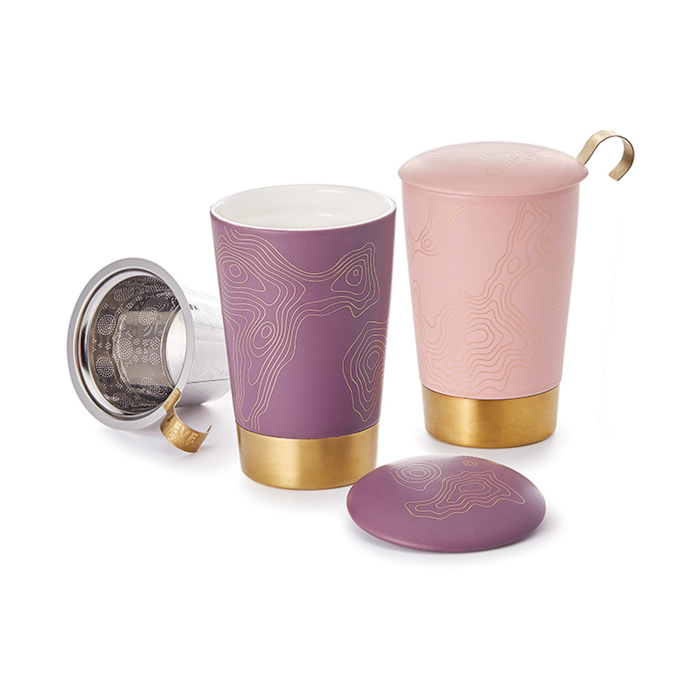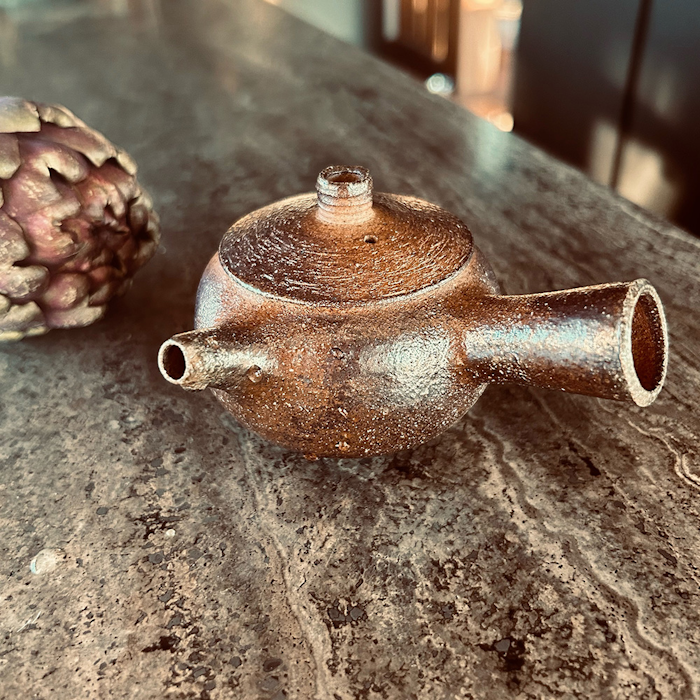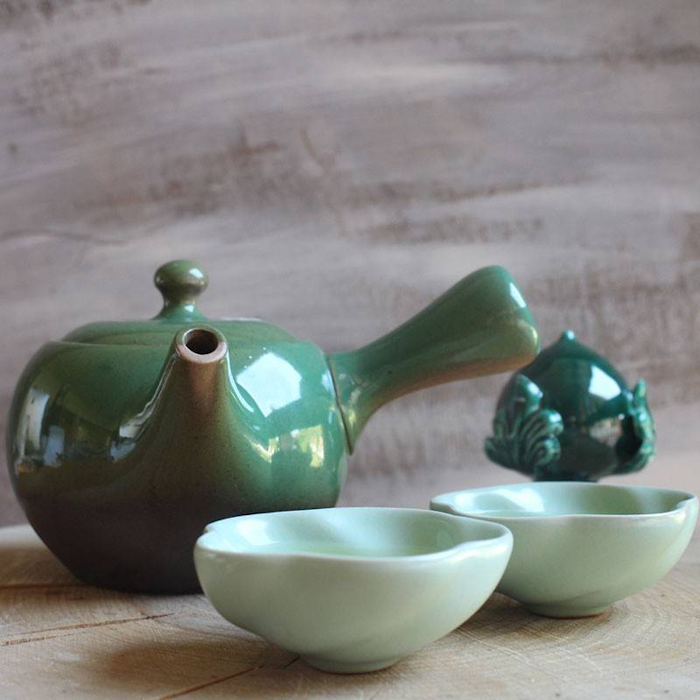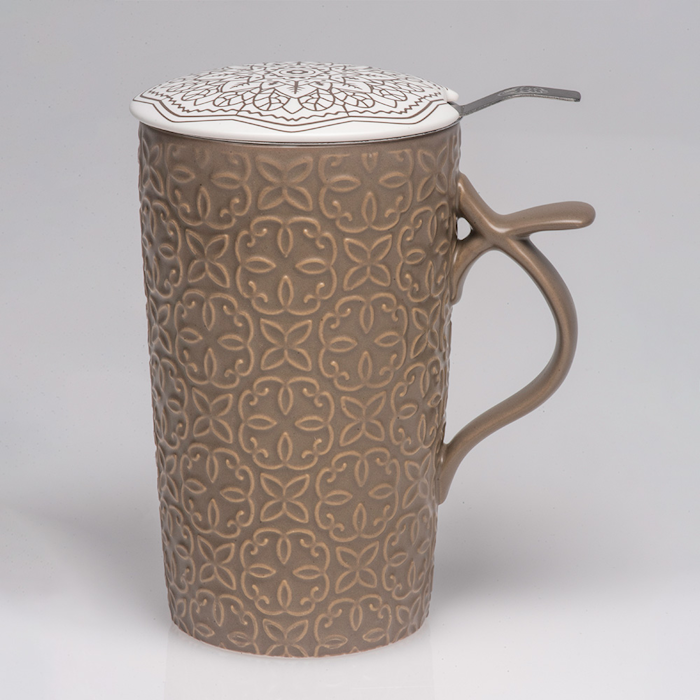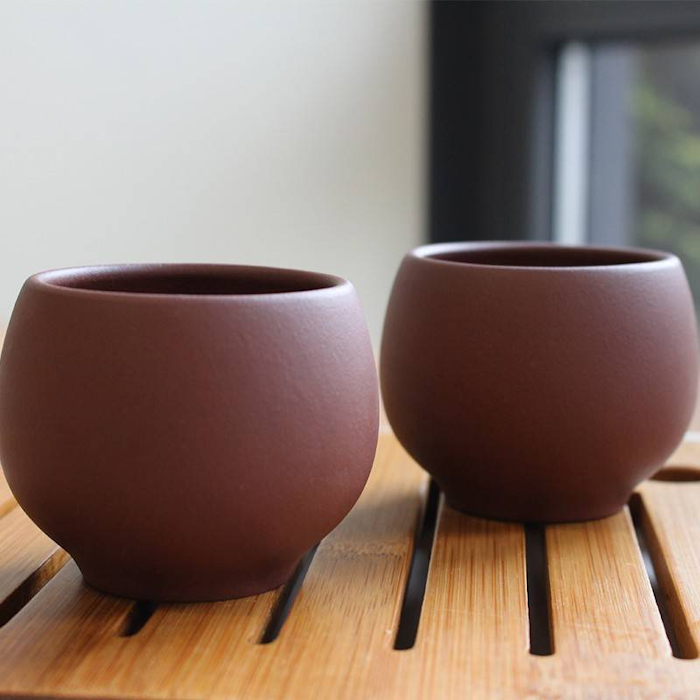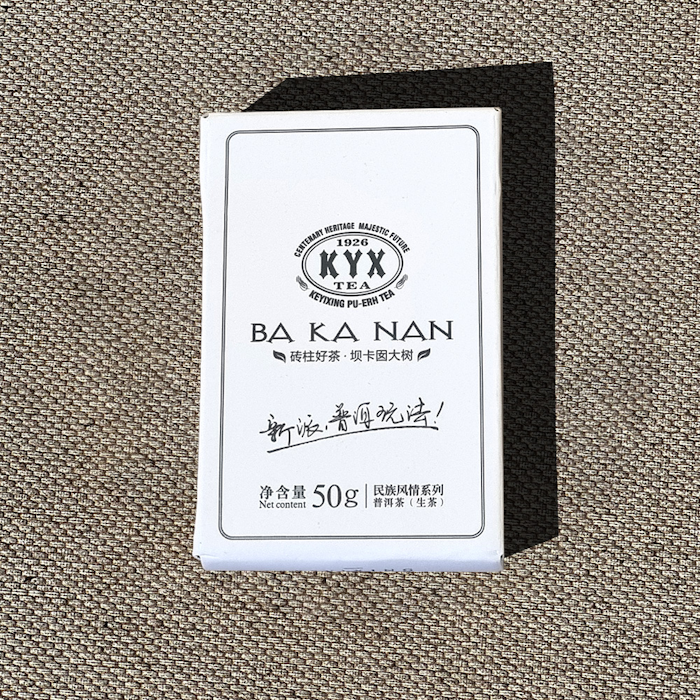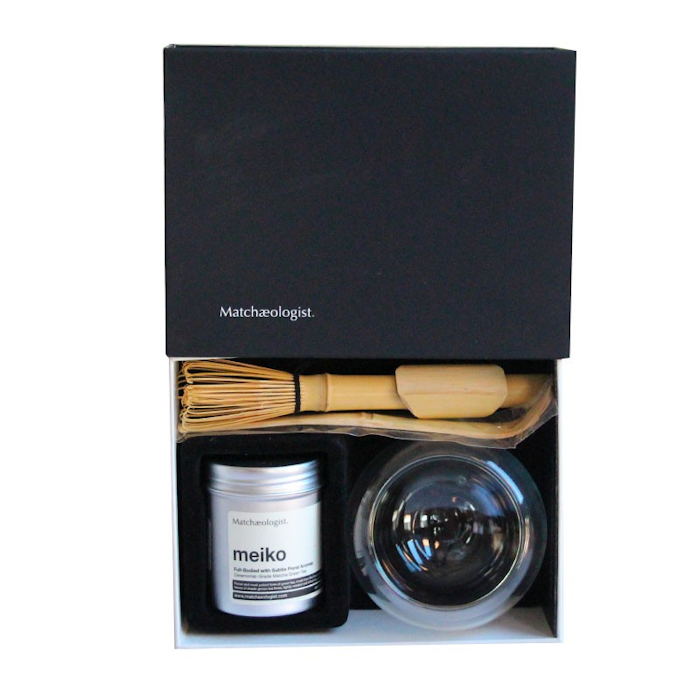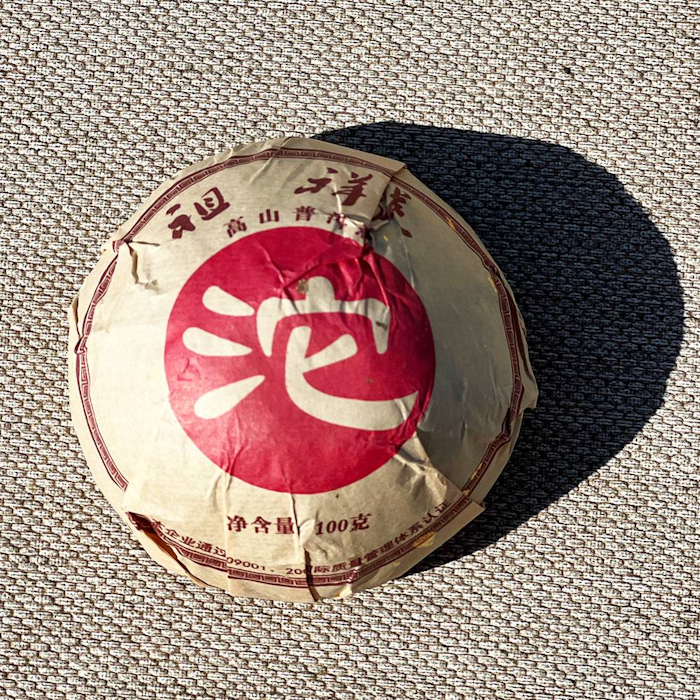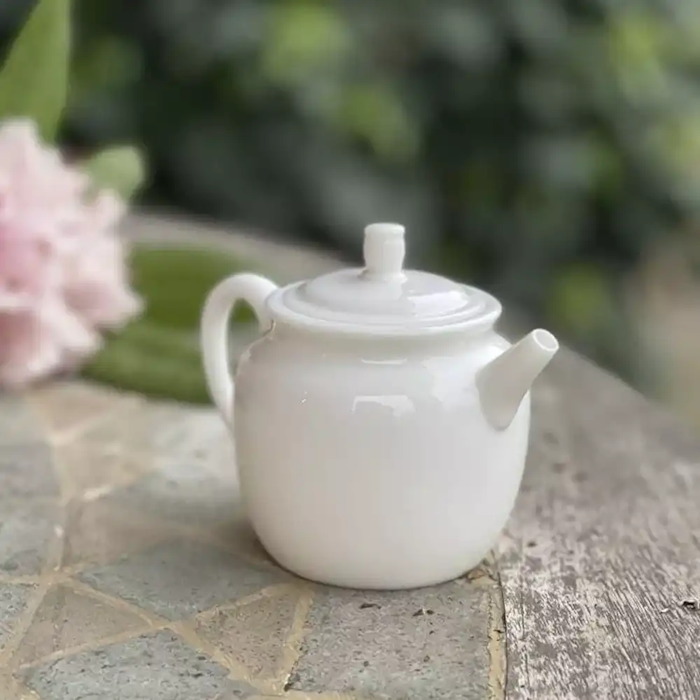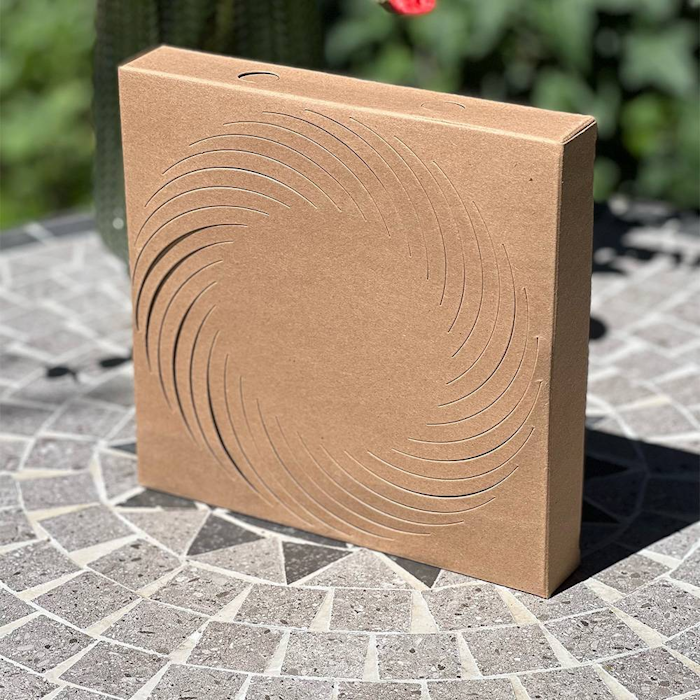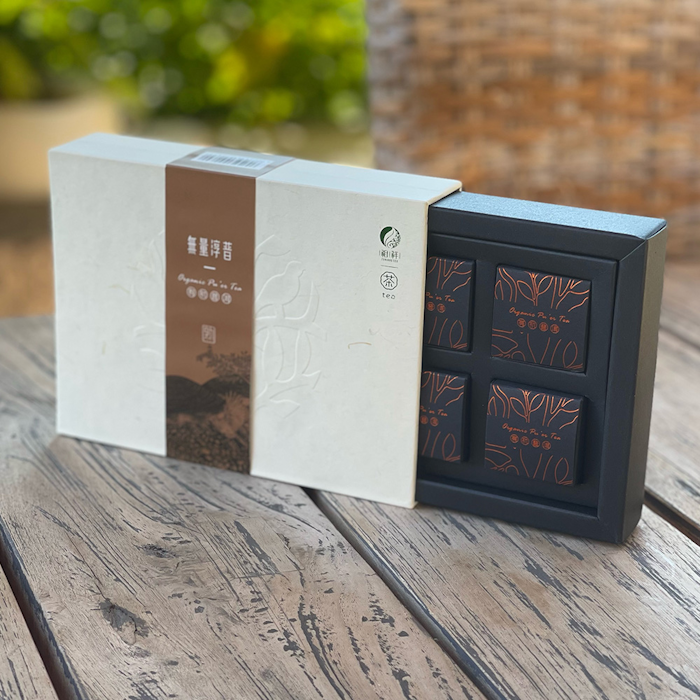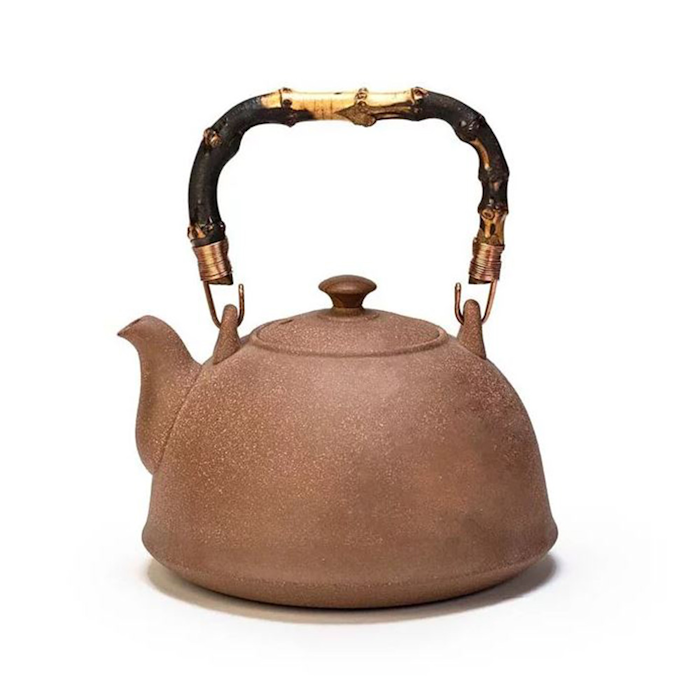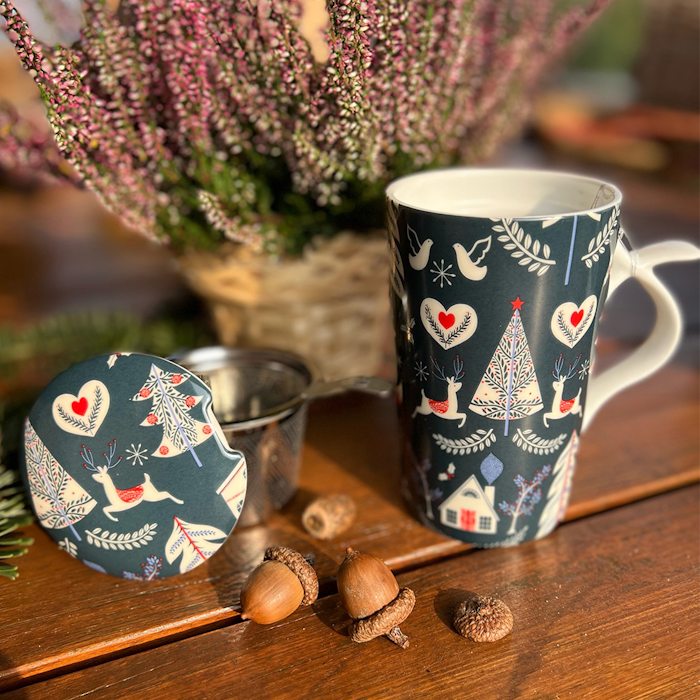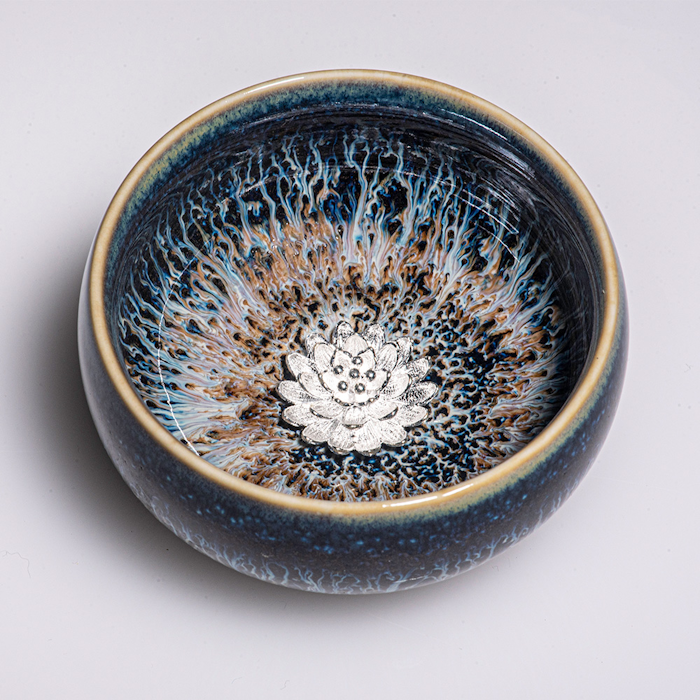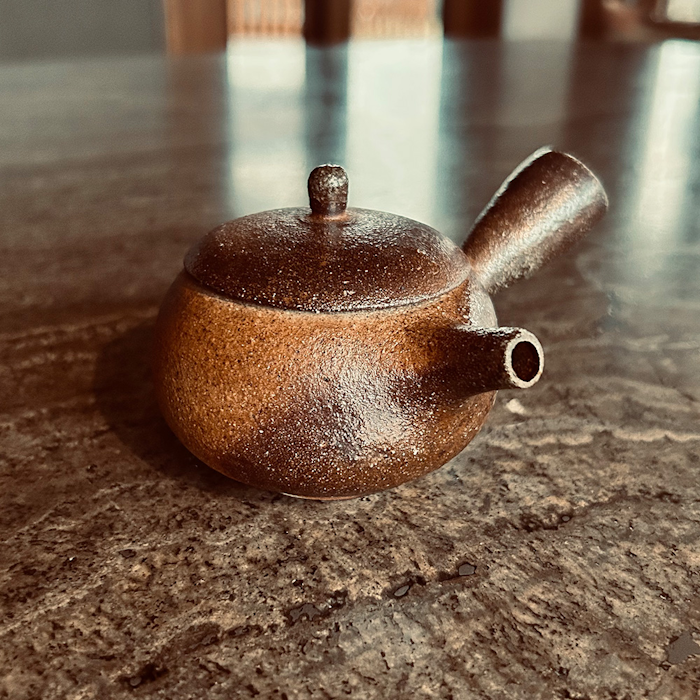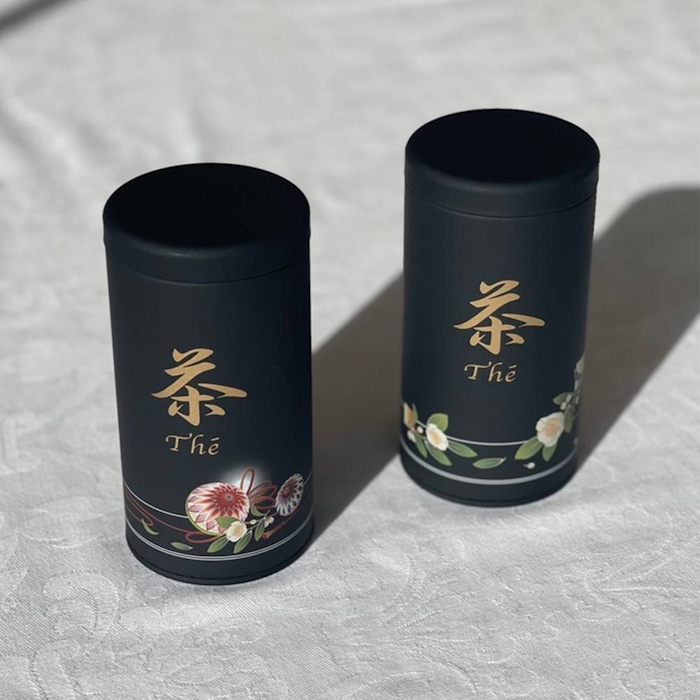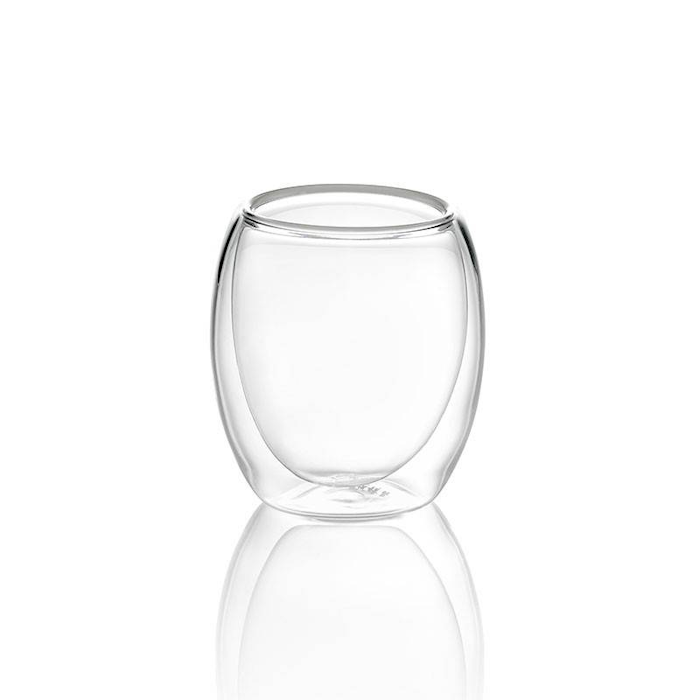This Milky Oolong is one of the most famous and sought-after teas from the island of Taiwan, and there are so many variations of it on the market nowadays. The fame of this tea comes from the flavor of its leaves, which naturally possess an essence reminiscent of milk. In order to enhance the distinctiveness of this tea, however, some manufacturers over the years have begun to flavor the product with condensed milk, in some cases going so far as to hide or even completely lose the natural essence of this product.
The Milky Oolong we have selected, unlike others, has no flavoring and seeks to maximize the milky aroma and taste naturally present in the leaves. To emphasize this, we often go for a harvest towards the end of spring, so that this peculiar organoleptic characteristic can be defined and fixed in the leaves.
As with other oolongs in our Taiwan line, here we started with a cultivar that is very common on the island: the TRES#12 or Jin Xuan, which gives a fresh vegetal hint to the brew. During tasting, the hint of milk will mainly manifest in the aftertaste along with a creamy sensation due to the density in the body of the tea. This tea represents the later result of another one of our products namely Jin Xuan oolong and therefore we invite you to try both of the two variants of this famous Taiwanese cultivar.
Tasting - Sight and Smell
Organic Milky Oolong tea leaves are rather narrowly rolled in shape with a color ranging from forest green to jade green, enhanced by ochre hues at the stems and some silvery-white tips given by the presence of buds. Once infused, the leaves give off a fresh vegetable aroma, at first more herbaceous and then sweeter, a hint of butter reminiscent of butter cookies and cream, and finally a floral aroma. The liqueur in the cup is straw-yellow in color with lime highlights: tiny particles of bai hao (the white down that surrounds the buds) can also be seen suspended on the surface.
Tasting Notes
GONG FU CHA
First infusion of organic Milky Oolong tea is almost reminiscent of a spring green tea in its delicacy and elegance: there is a very gentle sweet vegetal note, like of bamboo shoots, spinach and butter carrots, which then gives way to a slight floral hint of magnolia. With the second infusion, the floral component becomes strong, with notes of white flowers such as wisteria and lily of the valley. The vegetal scent, on the other hand, becomes more herbaceous and fresh, and a sweet, milky hint emerges as of fresh cream. With the third and subsequent infusions, there is a clear sense of the oily body of this tea, which leaves like a sweetish patina on the tongue and gives notes of custard and butter. The floral bouquet remains intense but not overpowering, well balanced with the milky notes. There is a very faint vegetal hint on the finish, an herbaceous note that gives freshness but not astringency.
TO THE WEST
At first sip, Milky Oolong organic tea is vegetal and fresh on the palate, reminiscent of freshly cut meadow grass; this herbaceous note then evolves into a sweeter vegetable, hinting at the flavor of spinach and baby carrots. At the heart, a floral note of magnolia, wisteria, and general white flowers emerges, followed by a milky sweetness of vanilla cream, milk and honey, and buttery puff pastry. The body is medium dense and extremely silky on the palate, while the persistence is long with floral and slightly buttery notes.
Location of Origin
Nantou, Taiwan
Production
After late harvesting, the leaves of organic Milky Oolong tea harvest in the sun for a few hours before being passed to rest on bamboo trays indoors. From here, oxidation is initiated by manual massaging of the leaf, which is performed by the master producer. Given the low oxidation of this tea (about 10 percent) it will only take a short time before the tea moves on to the next stage where the leaves pass through a charcoal-heated kiln to lock in enzymatic activity and fix the characteristics of the product. After this stage in the oven, the leaf is given its final shape by hand by rolling it on itself so that its aromas can be better preserved. Once the product has completed its drying process, which will allow the rolled form to remain fixed, it will be ready for consumption.
Preparation
We strongly recommend infusing the Milky Oolong Organic Tea in the traditional Chinese method (gong fu cha) to enjoy these leaves at their best. Following this preparation, 5.5 grams of leaves (about 3 teaspoons) can be used in a gaiwan of about 100 ml to make several infusions with different tastes. After a quick rinse of the leaves in water at 90°C, a first infusion of 20 seconds can be made, and after that, keeping the water at the same temperature, the time can be increased each time by 10 seconds from the previous infusion (20 - 30 - 40 ...).
This tea has a longevity of about 6 infusions.
For a classic preparation according to the Western style we recommend 2 grams of leaves (about 1 teaspoon) in a 150 ml cup with water at 90°C for an infusion time of one and a half minutes.
If you would like to try experimenting with infusions with this tea with different amounts of leaves try to think of the suitable amount to allow the leaf to expand freely in the liquid without being compressed or hindered in this. By doing so you will make the most of this product without hindering the extraction of the flavor substances.
The tea can be filtered for ease when tasting and also the infusion times given above here are meant to be purely indicative so you can also adjust according to your personal taste.
We recommend storing it in a cool and dry place away from direct sunlight.













